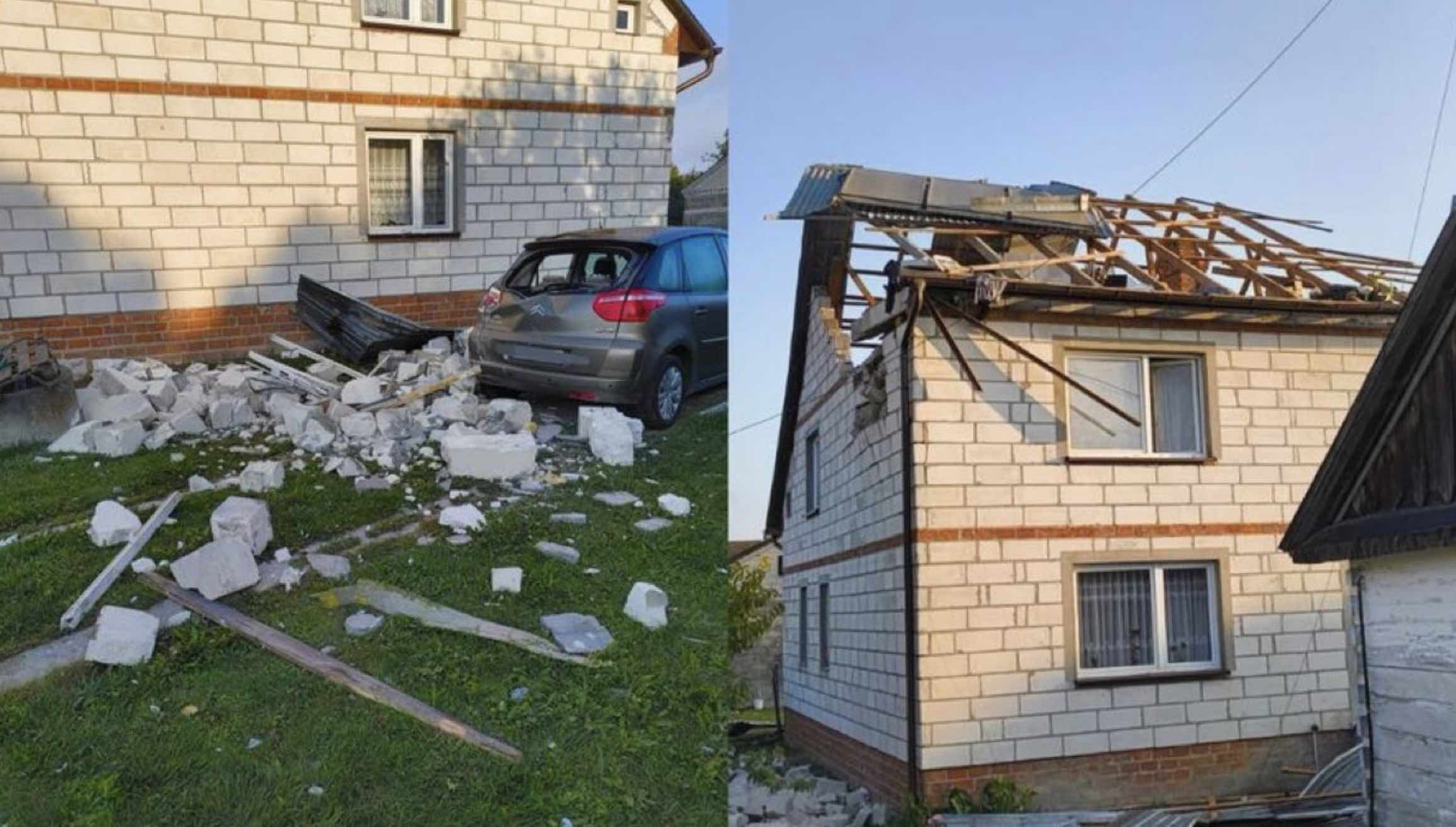


The target was Wyryki, a sleepy village near Poland’s eastern border with Belarus. By sheer luck, no one was killed. Yet the political shockwaves are far greater than the physical damage.
This was no stray missile, no accident of war. It was a deliberate strike, the first direct Russian attack on Polish territory. And it poses the gravest question for NATO in a generation: will the alliance allow Putin to bomb one of its members with impunity?
Prime Minister Donald Tusk made a point of telling the world he was “present at the scene of the operations.” Defence Minister Cezary Tomczyk added that Poland’s military had “deployed weapons against the objects.” The message was carefully calibrated: Warsaw is in control, but not panicking.
But there is no disguising the reality. Russia has tested Poland’s defences and struck its territory. Putin, ever the opportunist, is probing NATO’s red lines. His wager is brutally simple: the West will protest, but do nothing.
Dick Durbin, a senior Democrat senator, did not mince his words: “Putin is testing our resolve to protect Poland and the Baltic nations.” Joe Wilson, a Republican on the House Foreign Affairs Committee, went further, branding the attack “an act of war” and urging Donald Trump to unleash sanctions to “bankrupt the Russian war machine.”
This is more than routine political theatre. When both Democrats and Republicans in Washington describe a Russian strike on Poland in such terms, it signals a recognition that NATO’s deterrence has been breached. If the alliance shrugs this off, its entire security guarantee risks collapsing.
No country has warned louder about Moscow’s intentions than Poland. Since day one of the invasion, Warsaw has armed Ukraine, hosted millions of refugees, and demanded a hard line against the Kremlin. It has also warned, repeatedly, that Russia would not stop at Ukraine.
Now that grim prediction has come true. Wyryki is not Kyiv or Kharkiv, but it is a NATO village, inhabited by NATO citizens. If Moscow can hit it without consequences, the alliance’s borders are meaningless.
For Poles, the echo of November 2022 is unavoidable — when a stray Ukrainian missile killed two civilians in a border village. That tragedy was chalked up to accident. This strike is different. It is deliberate. And it turns Polish fears of being the next target into a lived reality.
Putin is not reckless; he is calculating. He knows that firing a missile into Warsaw would trigger a NATO response. But drones? They are cheap, expendable, and ambiguous. They can be written off as mistakes, their origins denied. They are the perfect weapon for testing Western nerve.
This is hybrid warfare in its purest form. Not dramatic enough to trigger Article 5 automatically, yet impossible to ignore. A steady drip of drone strikes could normalise the idea of Russia harassing NATO states without fear of reprisal.
The Kremlin has already used this strategy inside Ukraine: exhausting air defences, keeping populations on edge, bleeding away resources. Now it is exporting the same playbook to NATO territory.
The West faces a grim choice. Treat Wyryki as a one-off, and Moscow will almost certainly escalate with further incursions. Strike back too hard, and the spiral of retaliation could tip Europe into a direct NATO-Russia war.
This is the trap Putin has set: the grey zone between war and peace, where each provocation tests resolve but stops short of demanding an automatic response. The longer the West hesitates, the bolder he will become.
NATO was founded on a simple promise: an attack on one is an attack on all. That credibility has kept the peace in Europe for 75 years. But if that guarantee fails in Poland, it will fail everywhere. The Baltic states — Estonia, Latvia, and Lithuania — will know they are next.
Already, Putin is watching for cracks. Western unity has held surprisingly firm over Ukraine, but fatigue is growing. Some capitals whisper about “peace talks” and “freezing the conflict.” Others balk at the cost of endless arms deliveries. A muted response to Wyryki would confirm Moscow’s suspicion that NATO’s backbone is weakening.
Poland does not want to trigger World War Three. But nor can it afford to look weak. It needs NATO reinforcements: more air defence batteries, faster interception systems, closer intelligence sharing. It also needs a clear signal from Washington, Berlin, and London that Wyryki is not forgotten, that Poland is not alone.
Sanctions can and should be tightened further. Russian assets abroad can be seized, its remaining banks cut off, its oil and gas exports throttled. Symbolic gestures will not suffice. If Moscow believes drones can terrorise NATO villagers without consequence, it will escalate until blood is spilled.
The Wyryki strike is a gift of sorts. No lives were lost, giving NATO the chance to respond firmly without mourning its dead. But that window will not stay open for long. Another strike, another house, another village — and sooner or later, funerals will follow.
The time to draw a line is now. Poland has been attacked. NATO’s credibility is at stake. Putin’s gamble must fail, or the alliance risks unravelling.
The buzzing of drones over a Polish village may sound like a minor irritation. In truth, it is the sound of the post-Cold War security order beginning to crack. The question facing the West is brutally simple: will it let Putin keep chipping away until nothing is left?